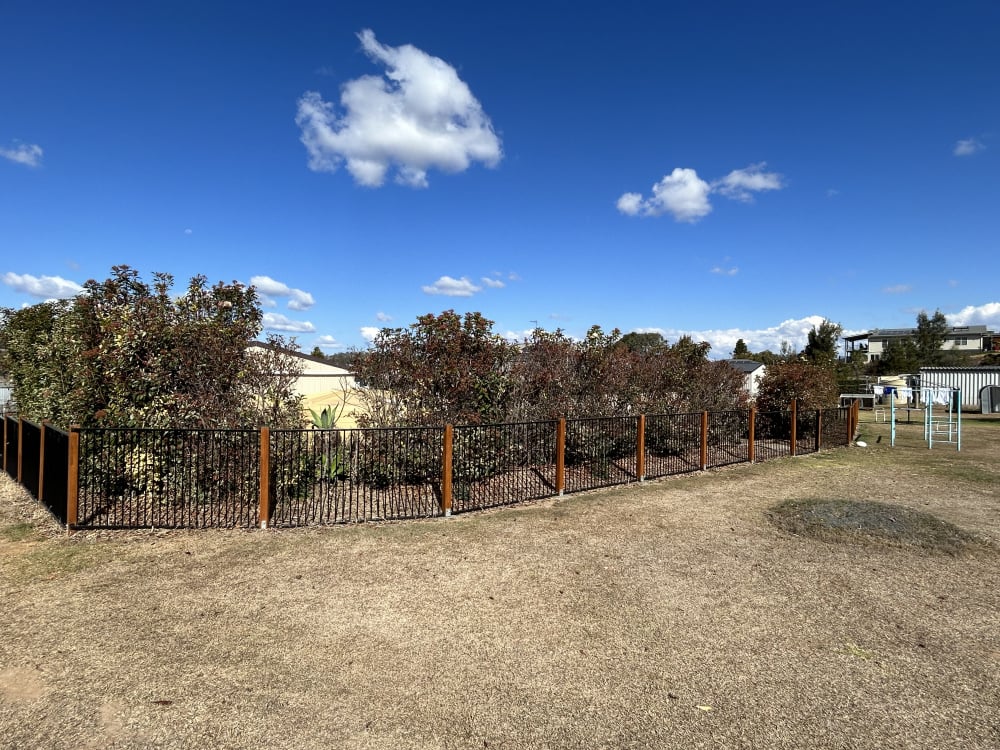This Forum will close on Wednesday 27 March, 2024. Please refer to the announcement on the Discussions page for further detail.
Save or Replace Red Robins
We’d like to try and save these Red Robins but have no idea
1. What disease they have, and
2. how or where to start.
Or, should we remove and replace them?
1. What disease they have, and
2. how or where to start.
Or, should we remove and replace them?

0
Posts
Gardening in Central Norfolk on improved gritty moraine over chalk ... free-draining.
"Have nothing in your garden that you don't know to be useful, or believe to be beautiful."
As @Dovefromabove says though- a close up of the plants will help with advice.
I live in west central Scotland - not where that photo is...
There is a tall 'lollipop' Photinia near to me. After the cold wet winter the leaves were blackened. In late spring it had lost all of it's leaves. A scrap of the bark showed it was alive. Now it has fully recovered.
If your soil is very wet spots are common on the leaves but more often in the winter months. If it is the stress of growing in these conditions that causes leaf spot then I am unsure. The ground at the front of your photo does look dry? I assume you are in the UK?
Photinias can cope with quite drastic pruning if necessary. Clearing away any diseased leaves as they occur helps.
Welcome!
Gardening in Central Norfolk on improved gritty moraine over chalk ... free-draining.
Gardening in Central Norfolk on improved gritty moraine over chalk ... free-draining.
It might be better to try something that will cope better with your general climate. What do other people grow on properties around your area?
Those would have needed a lot of water to get them established, and then keep them thriving. It's the big problem if the weather's inconsistent though. Finding something that will cope with that. Always harder if it's shrubs, trees or hedging too, because it's not easy to replace them and have the height/cover quickly.
They also don't like cold wet conditions, so I don't know if removing the failed ones and creating a more retentive soil mix would help where you are. They tend to be dodgy through winter where I am for example, because of the winter weather. They manage better against house walls as a stand alone shrubs, where they have more protection and warmth, and drier soil, but get enough wet stuff through the summer. In more exposed sites -like a hedge, they look terrible.
I live in west central Scotland - not where that photo is...